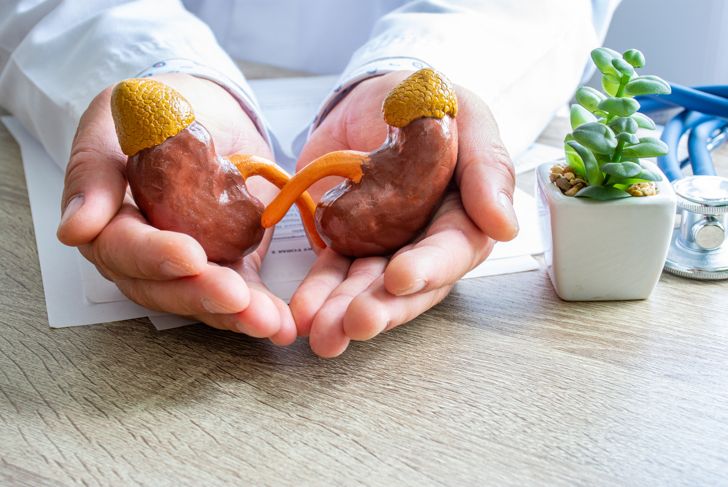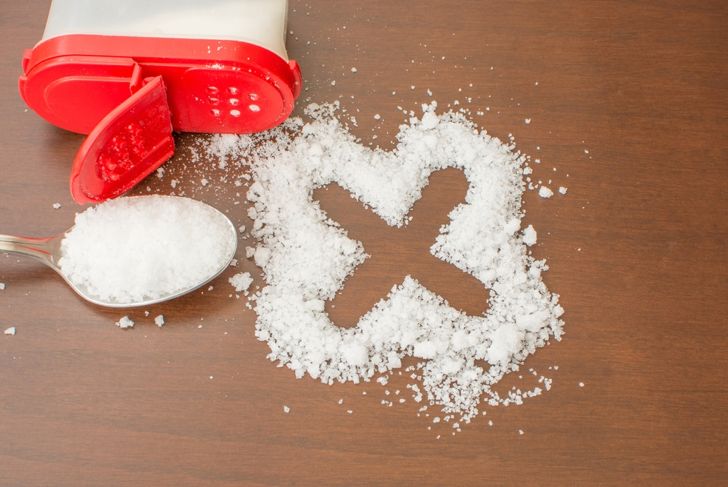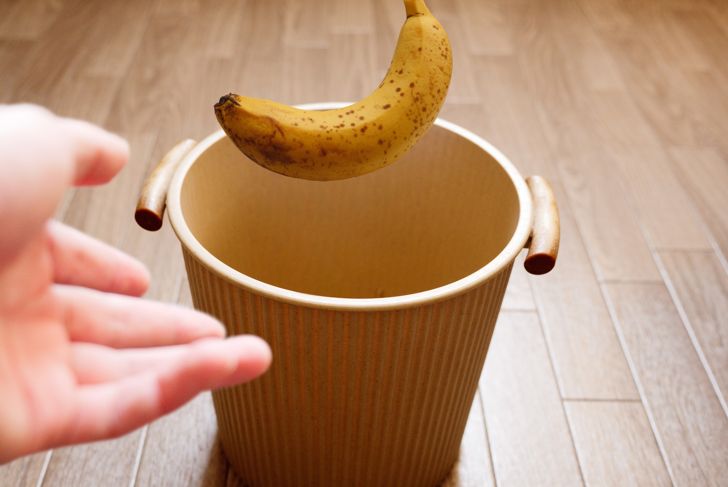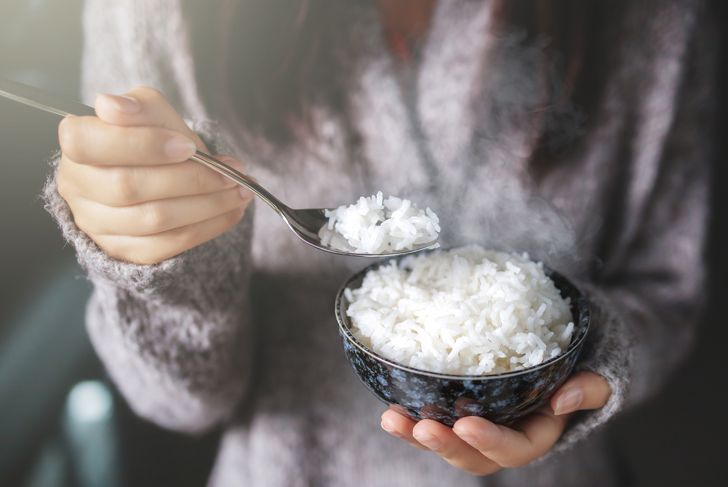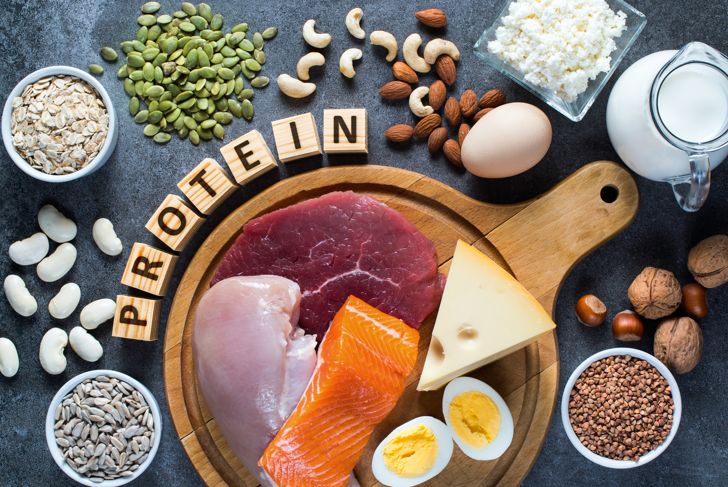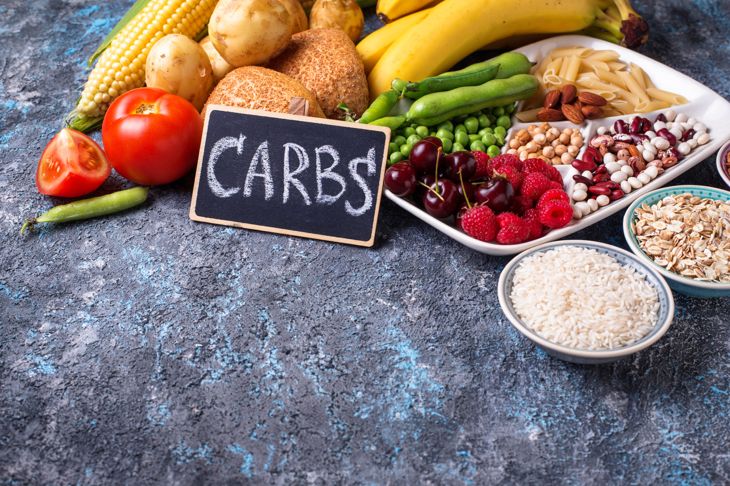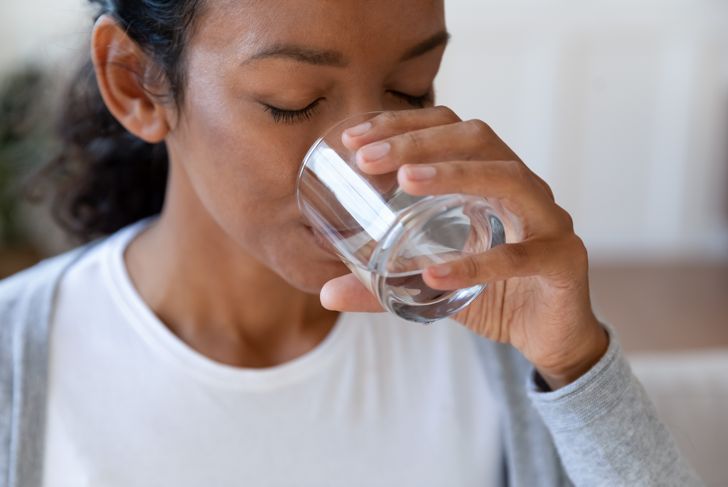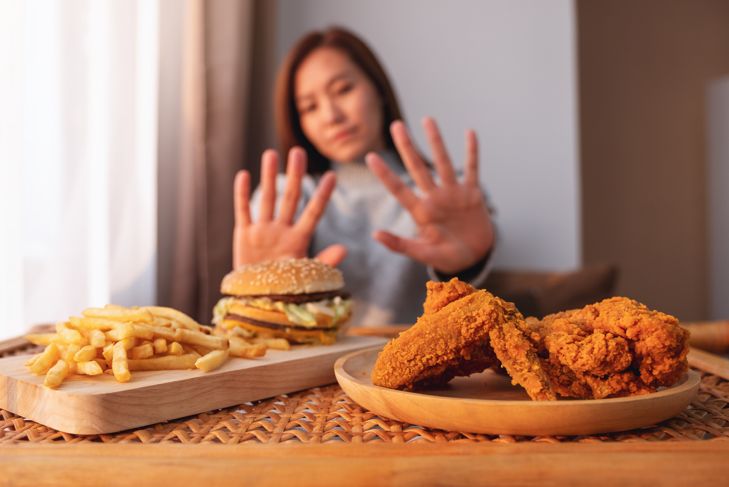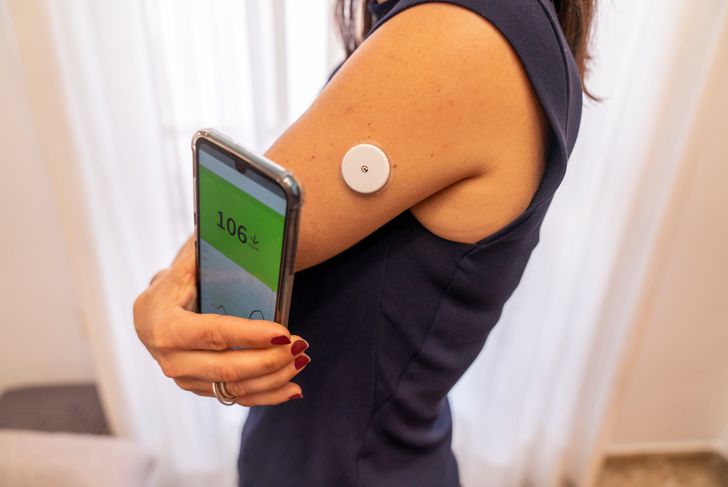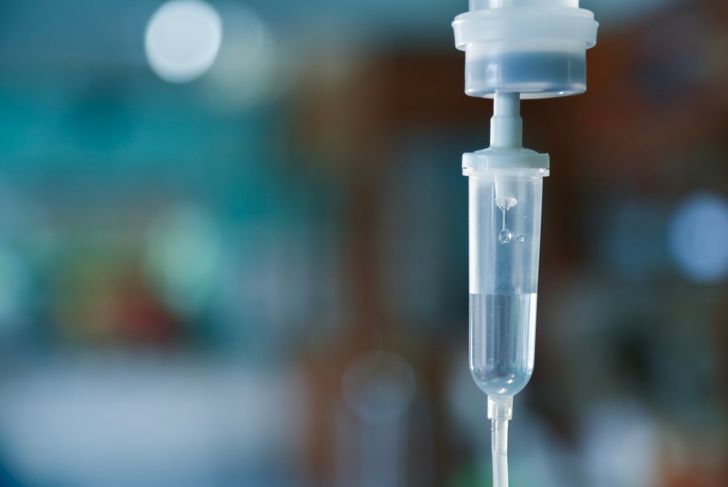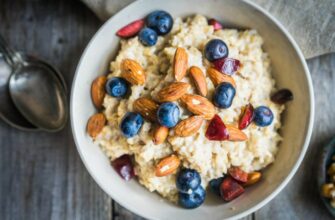For people with compromised kidney function, especially those on dialysis, a renal diet can help slow the progression to chronic kidney disease and end-stage renal failure.Anyone with kidney problems should speak to their doctor about a suitable diet for their condition, but standard guidelines include limiting phosphorus, potassium, sodium, and protein.
Goals of the Renal Diet
The goal of the renal diet is to reduce the waste levels in the bloodstream. When the kidneys do not work properly, waste is not filtered appropriately. Electrolytes build up in the blood, which can further damage the kidneys.A renal diet can protect the kidneys from this additional damage, slowing the progression of kidney disease.
Sodium and Salt
Limiting sodium and salt is a key part of a renal diet. Excess sodium increases blood pressure, which puts additional strain on the kidneys.Limiting salt intake can be difficult because it is widely used in prepared and processed foods. There are many strategies for limiting sodium. Avoid foods with more than 300mg per serving, don’t use salt when preparing food, and don’t salt food before eating it. Avoid processed meats, like sausage, hot dogs, and deli meats, and when using canned goods, choose those labeled “no salt added.”
Potassium
Potassium builds up in the blood when the kidneys do not work properly. Excess potassium can change how the heart beats and may lead to a heart attack.People pursuing a renal diet should limit potassium to intake lessens the amount of potassium in the blood. Avoid high potassium foods like bananas, melons, tomatoes, broccoli, and dried beans. Bran cereals and granola often have a lot of potassium, as do canned fruits and potatoes.
Phosphorus
A renal diet also requires choosing foods with less phosphorus. Too much phosphorus in the blood can pull calcium from the bones, making them weak, thin, and more likely to break.Avoid foods like deli meats and fresh meat with added phosphorus and dairy, poultry, meat, beans, and dark-colored sodas. Instead, opt for low-phosphorus foods, including fresh vegetables and fruits, pasta, rice, and clear or light-colored soda.
Protein
In addition to avoiding proteins because many types of meat are high in phosphorus, eating too much protein can damage the kidneys. Protein produces waste, so eating excess makes the kidneys work harder.People can eat protein on the renal diet, but the right portion sizes and combinations of protein are essential.
Carbohydrates
For those on a renal diet who do not have to restrict carbohydrates, they can be a good source of energy. If a renal diet requires less protein, eating carbohydrates can make up for these calories.Fruits, grains, breads, and vegetables are all good sources of carbs. High-calorie desserts can also replace these calories, as long as they do not contain nuts, bananas, dairy, or chocolate.
Fluids
People with early-stage renal disease generally do not have to limit fluids, but as the condition progresses, this may become necessary. For people on dialysis, fluid can accumulate in the body between dialysis sessions, and excess fluid can cause shortness of breath.If you’re watching fluids, this includes foods that contain a lot of water, like grapes, melons, celery, lettuce, and soup.
Cholesterol and Saturated Fat
Dialysis patients should also carefully monitor cholesterol and saturated fat. People on dialysis are at high risk for coronary artery disease and often have elevated HDL cholesterol and triglycerides. Avoiding these things can be difficult on a renal diet, as people on dialysis should also eat enough calories while avoiding protein.
Renal Diet and Diabetes
People on a renal diet who also have diabetes have to make some modifications. The biggest difference is in carbohydrate intake. While the renal diet does not require restricting carbs, a diabetic diet does.Individual carbohydrate goals are based on patient medications, activity levels, and age. The goal of each renal/diabetic meal plan is to keep blood sugar levels under control, preventing additional kidney damage.
Disease Progression
As kidney disease progresses, the renal diet must change, too. Many end-stage renal patients are malnourished, which puts them at higher risk for mortality. They often lose their appetite due to the accumulation of toxins and require more protein.If these patients cannot get enough calories and nourishment from eating food by mouth, tube feeding or IV nutrition may be necessary.

 Home
Home Health
Health Diet & Nutrition
Diet & Nutrition Living Well
Living Well More
More